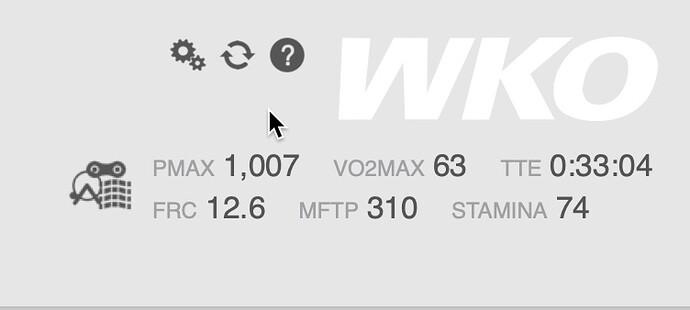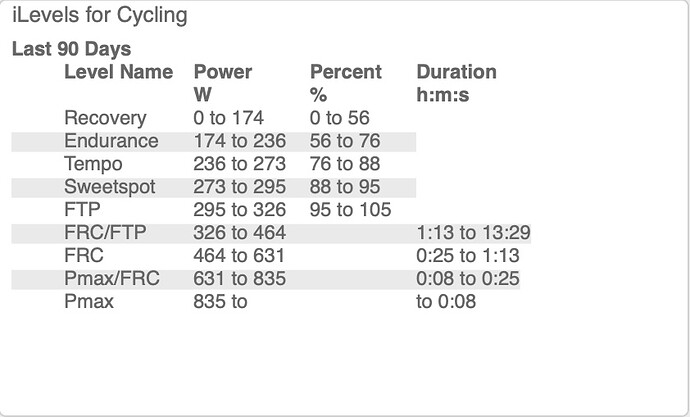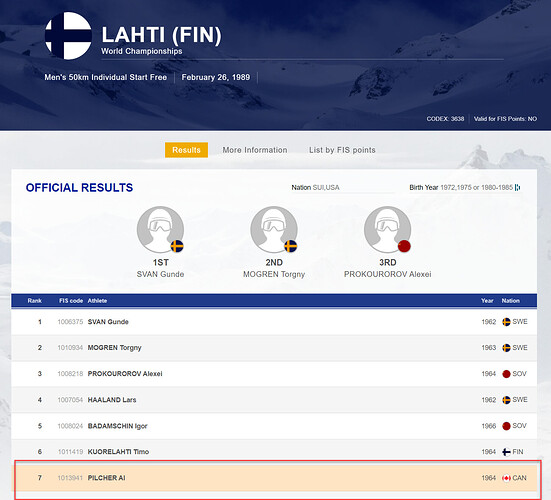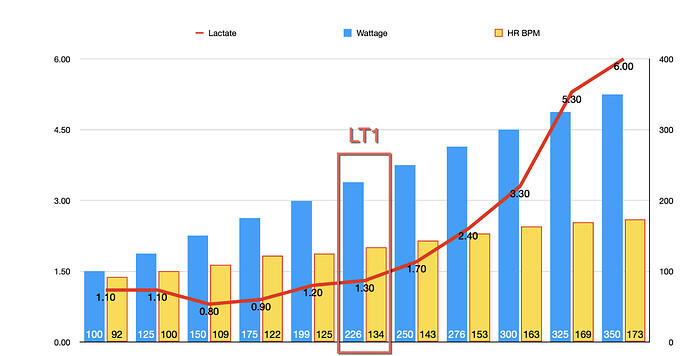Hi all,
I have been on the Polarized training approach for more than a year, this is my second winter on it. I’ve listened to several of Dr. Seiler’s talks, but I still don’t think I truly know what my HR range should be for endurance cycling (the 80-90% where I am in zone 1 on a 3-zone polarized model).
I am 54 years old, my max measured HR doing all-out sprints after a couple of long rides this year was 181-183 BPM, and TrainingPeaks says my LTHR is 167 BPM. TrainingPeaks says my calculated Aerobic Capacity zone is 115-139 BPM. But there is a huge difference in RPE between 115-123 BPM, and 125-139 BPM. At 115-123 BPM, it feels fairly easy but I still get tired after a two to three hour ride. I’ve been typically aiming for 125-132 BPM and that is much harder for a two or three hour ride. At the higher range (125 BPM and above) I see quite a lot of cardiac drift over time; at the lower range I still see some cardiac drift but it is less. Lastly, I would add that my LTHR calculated by TrainingPeaks feels very high. I would put the bottom of LTHR more at 158-160 BPM based on RPE during 8-15 minute FTP intervals.
So, without access to a lab, how can I figure out what my endurance zone (one) should be for Polarized training? What is the bottom of the low end that is still beneficial (how low is too low)? How high is too high? I don’t want to do junk miles (too low) but I also don’t want to be going too hard (also junk miles) when I want to be doing polarized endurance training. Please let me know your thoughts and thanks.


 but it is correct and has the desired training effect.
but it is correct and has the desired training effect.
